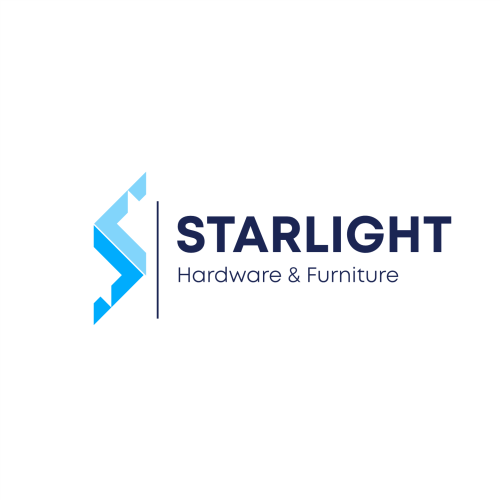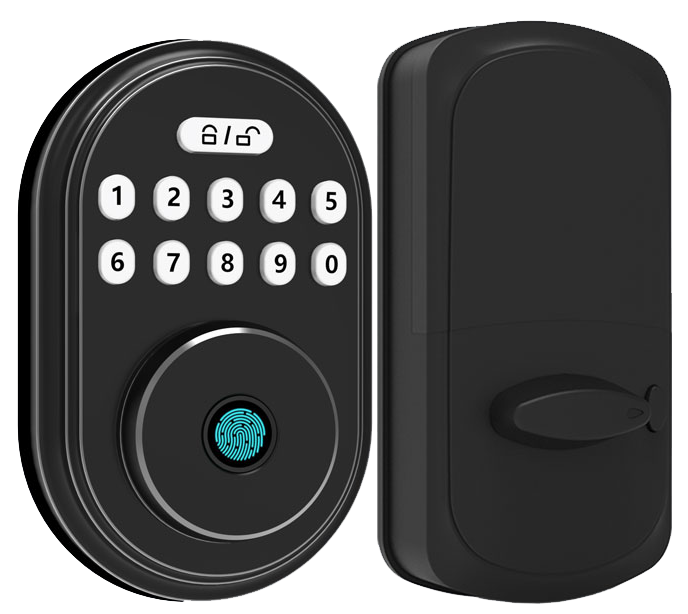Still handing out brass keys to your team? There’s a smarter way.
Smart door locks give you keyless entry (no more lost key headaches). They record every user with detailed audit logs (who came and went) and let you lock or unlock doors from anywhere.
Priced between $250 and $400 each, these electromechanical locks (locks powered by electricity and mechanics) quickly pay for themselves by cutting badge reissues and on-site service calls. Solid ROI.
Below are seven top contenders that snap onto wood, metal, or glass doors in minutes. Each one has a smooth metal faceplate and that reassuring click when it locks.
Key Advantages of Smart Door Locks in Office Environments
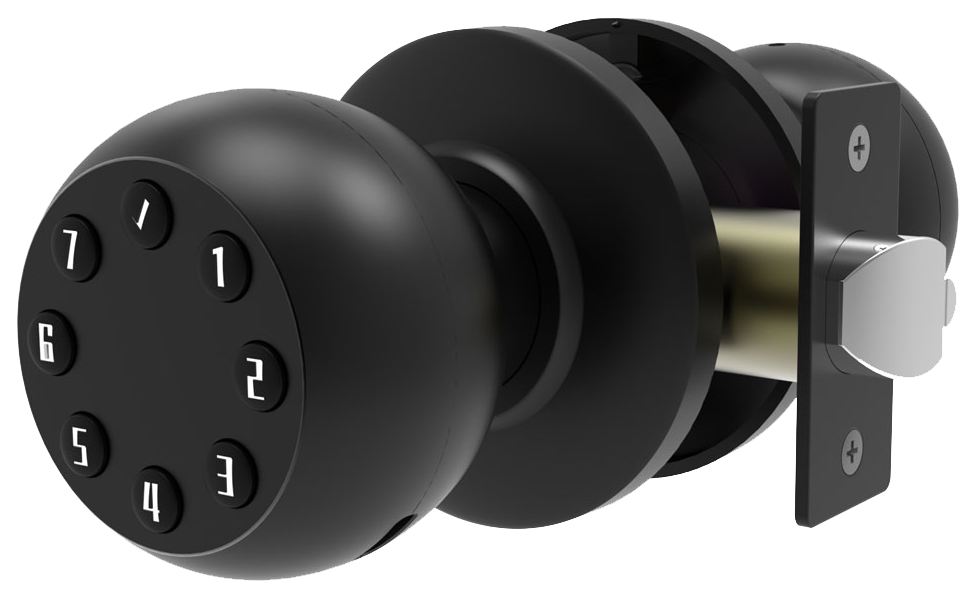
Electromechanical (powered by electricity and mechanics), internet-enabled locks bring modern security to private offices, supply closets, and everything in between. You can swap out a deadbolt in minutes, just mount it on wood, metal, or glass doors with minimal effort. The smooth metal faceplate hides all the electronics. And you still get that reassuring click when it locks.
Keyless entry via smartphone apps, PIN codes, or RFID fobs (radio-frequency identification key tags) means no more cutting or tracking physical keys. An office access control dashboard sends real-time alerts when someone taps a code, the crisp feel of each PIN-pad press adds confidence. Detailed audit logs record user IDs, timestamps, and door status. Need to revoke access? A few clicks on any web browser or mobile app does the trick.
Each lock runs between $250 and $400. Cloud-based lock management can slash overall access control costs by up to 50 percent compared to legacy wiring and punch-card systems. Facility managers and IT or security officers get back hours once spent reissuing badges or trekking down hallways to swap out keypads.
Here’s what stands out:
- Instant credential updates without a site visit
- Remote lock health checks and low-battery alerts
- Unified control across multiple buildings via one portal
- Detailed entry reports for compliance and audits
Seamless multi-site management lets you roll out the same policies at headquarters, branch offices, and satellite campuses. No more frantic calls when someone loses a key. Facility teams get clarity. Security officers get peace of mind.
Office Smart Door Lock Types and Their Applications
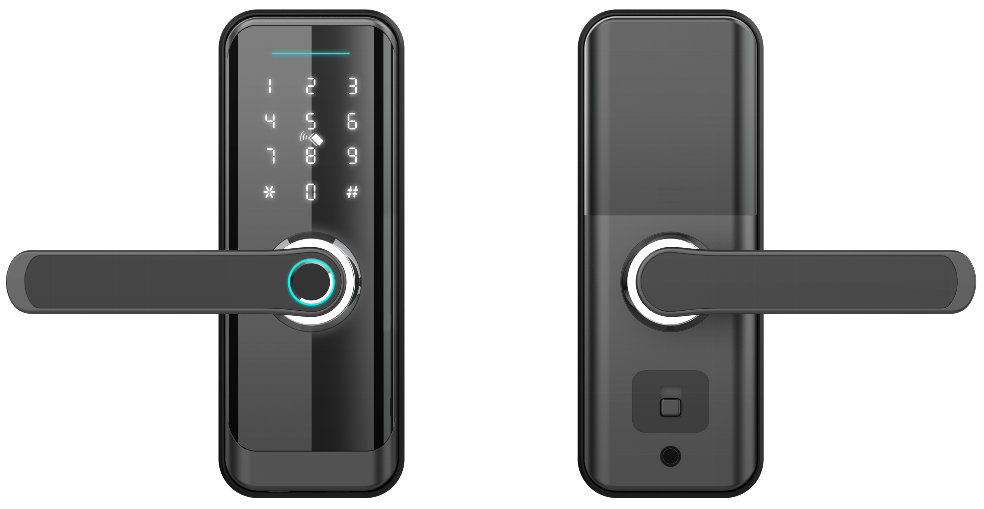
Smart door locks come in four main styles. Each one fits a different office door and use case.
-
Full deadbolt replacements
The Schlage Encode Smart Wi-Fi Deadbolt brings ANSI Grade 1 security (top-level strength) and built-in Wi-Fi. The smooth metal faceplate houses a soft LED glow, and you’ll hear a reassuring click each time it locks. No hub needed, just grant access with a mobile app, a PIN code, or an RFID fob (a small access tag). The battery lasts over six months, and you get a low-battery alert before it dies. Perfect for front entrances and busy doors. Plus, it works with Alexa and Google Home for hands-free locking. -
Deadbolt adapters
The Yale Approach Lock with Wi-Fi and keypad snaps over your existing single-cylinder deadbolt. It pops on in minutes and turns your thumb turn into a motorized lock you open with a keypad code, your smartphone, or an office access card. The included hub (a mini router) ties it to your network so you can manage settings and view audit logs in one dashboard. ANSI Grade 2 certified, it’s built for back offices, IT closets, and supply rooms. -
Doorknob and lever-handle replacements
The Schlage Encode Smart Wi-Fi Lever swaps out a traditional knob for a pick-resistant lever with a built-in keypad and Wi-Fi. If your network dips, Bluetooth steps in like a backup lifeline. You also get a backup keyway if you ever need to turn a physical key. It’s ADA-friendly and shines in conference rooms and common areas. -
Fingerprint-reader deadbolt
The Aqara Smart Lock U100 adds a biometric fingerprint sensor (checks your unique fingertip pattern) for fast tap-to-unlock. It also supports Apple Home Key, just tap your iPhone at the door. With ANSI Grade 3 rating and two-factor authentication, it’s ideal for executive suites that need extra assurance. Add the optional Wi-Fi hub for remote access, and enjoy stronger PIN security with six-digit codes.
All of these locks link to voice assistants so your lobby or meeting room feels welcoming. Whether you choose a full Wi-Fi deadbolt, a retrofit adapter, or a biometric upgrade, you’ll get reliable, keyless entry built for offices of every size.
Enhanced Security: Encryption and Audit Trails in Office Smart Door Locks
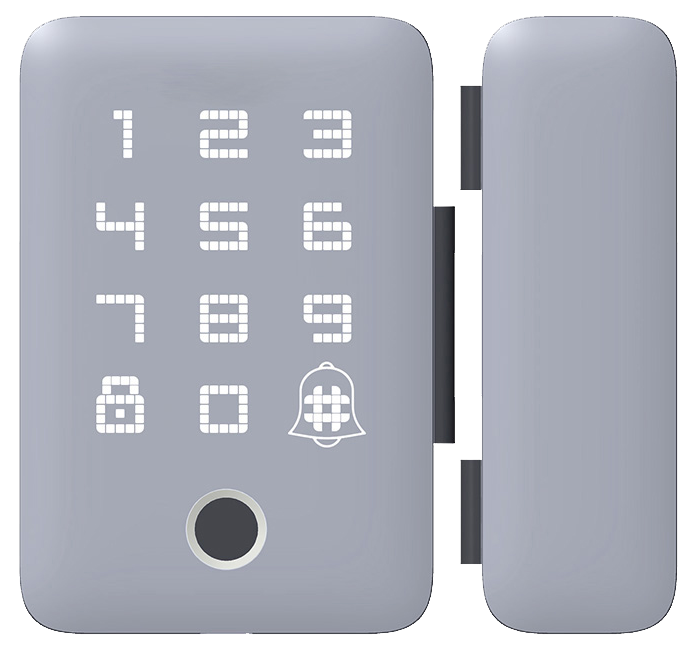
When you tap your passcode on the smooth metal faceplate, a soft LED glow confirms it. Behind the scenes, AES/TLS encryption (a security shield that scrambles your code) wraps every message between the lock, hub, and cloud in military-grade code. Even if the network winks out, the hub’s encrypted cache holds your schedules so the lock keeps clicking.
Every time someone comes or goes, the lock makes a digital note: who, when, and whether the door swung open or shut. Those audit trails flow into your central platform for compliance reports or legal recordkeeping. Want to take a closer look? Export the logs or send them to your favorite security dashboard.
Want extra peace of mind? Flip on two-factor authentication. First, punch in a PIN code. Then rest your finger on a biometric fingerprint sensor (a reader that checks your unique fingertip pattern). It’s like unlocking your phone, but for your door. Some models even let you tap an RFID fob for backup in high-security spots like server rooms.
If someone tries to jam the bolt, pick the lock, or force the door, a built-in alarm, about 61 decibels, blasts out. You’ll get a breach alert on your phone or desktop. The sudden siren slices through office chatter. Intruders get one clear message: back off.
Our IT team built in webhooks and APIs so you can hook alerts into your building system. A forced-entry warning can trigger CCTV recording, flash corridor lights, or fire off a ticket to your helpdesk. Automating these moves gets someone on the scene in seconds.
All these measures play nice with strict IT policies and audit demands. You end up with a lock that speaks the corporate language of risk management, clean, clear, and above board.
Integration and Management of Smart Door Locks for Offices
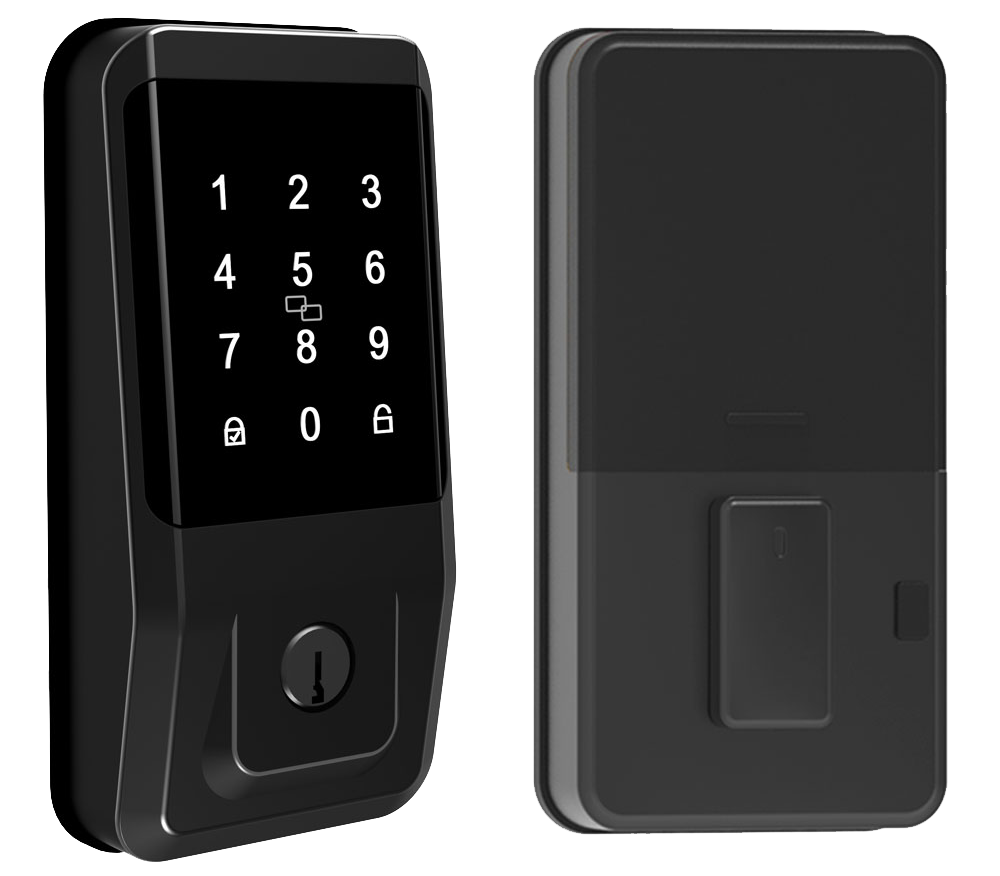
Think of our cloud lock management like an air-traffic control tower for your doors. You sign in to our web dashboard or tap our mobile app – and watch a soft LED glow before the lock clicks open. Check battery levels, peek at usage history, or see each bolt’s health in real time. Need a quick unlock? Tap the app from anywhere with an internet signal.
And once your locks live in the cloud, your IT team can hook them into your directory services. Set up Active Directory (your company’s login system) so new hires get instant access – no more juggling separate user lists. LDAP (a directory protocol) or Single Sign-On (SSO) ties door permissions to the same login they already use. One team handles identities across offices, floors, and server rooms.
Love automation? Our RESTful APIs (ways for apps to chat) and webhooks listen for things like forced-entry alerts. When someone tampers with a lock, you could start CCTV recording, flash the corridor lights, or ping the helpdesk all at once. Think of it as a digital switchboard talking to your security dashboard and visitor system.
What if the network goes quiet? Offline caching (saving schedules and codes on the lock itself) keeps your doors running on the latest time-based permissions. Even during power outages or cloud hiccups, the locks follow your last policy. Solid.
Here’s a taste of optional hookups:
- CCTV feeds for live video in your security console
- Integration with desk-booking systems that lock rooms on schedule
- Visitor-management portals that send digital badges and door codes
Need a live view to confirm a delivery? No sweat.
Installation Options and Maintenance for Office Smart Door Locks
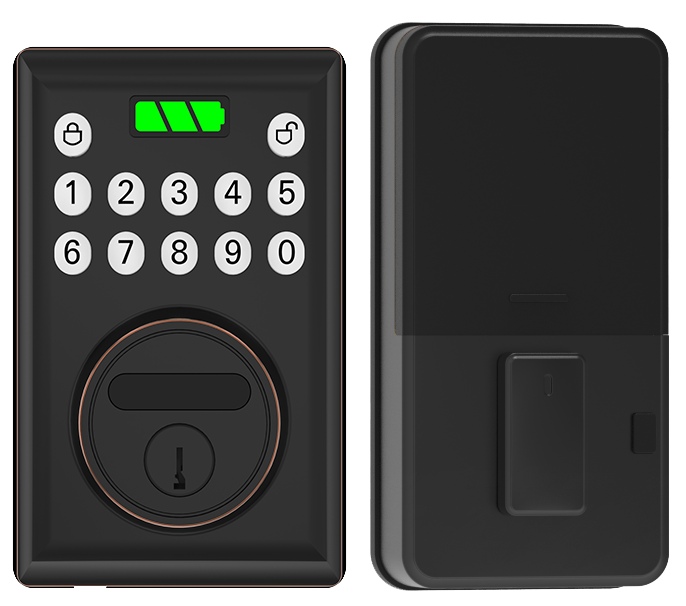
Most of our deadbolt replacements snap into place in under 10 minutes. You just need a screwdriver and our companion smartphone app to pair the lock. The smooth metal faceplate slides over your old deadbolt with a reassuring click.
We’ve backed every model with CE certification and two decades of rugged testing. And that makes it easy whether you tackle it yourself or call in a pro.
Let’s talk installation options.
- DIY installs take about 5-10 minutes per lock.
- Certified pros handle fire-rated doors or complex setups.
- Professional labor runs $75 to $150 per lock but saves you troubleshooting time.
Installation times include wiring for optional PoE modules (Power over Ethernet) or door sensors.
Once it’s in place, our locks run six months or more on AA batteries. Low-battery alerts ping your phone weeks ahead so you’re never locked out. You can also add a mechanical key override (a backup key slot) or a PoE power kit (Power over Ethernet) for nonstop operation in busy areas.
Keeping things humming is simple. Do a quick battery check every quarter to catch weak cells early. Run a seasonal test, think of it like a tune-up, to make sure the motor and sensor (the part that reads your code) stay aligned. Firmware updates via the app every 3 to 6 months patch security fixes and add new features.
- Quarterly battery checks
- Seasonal lock and keypad tests
- Firmware updates via app or web dashboard every 3-6 months
- Annual inspection of weather seals, strike plates, and door alignment
With an easy install and simple care, facility teams keep office doors secure and running smoothly.
Comparing Costs and ROI of Smart Door Locks in Office Settings
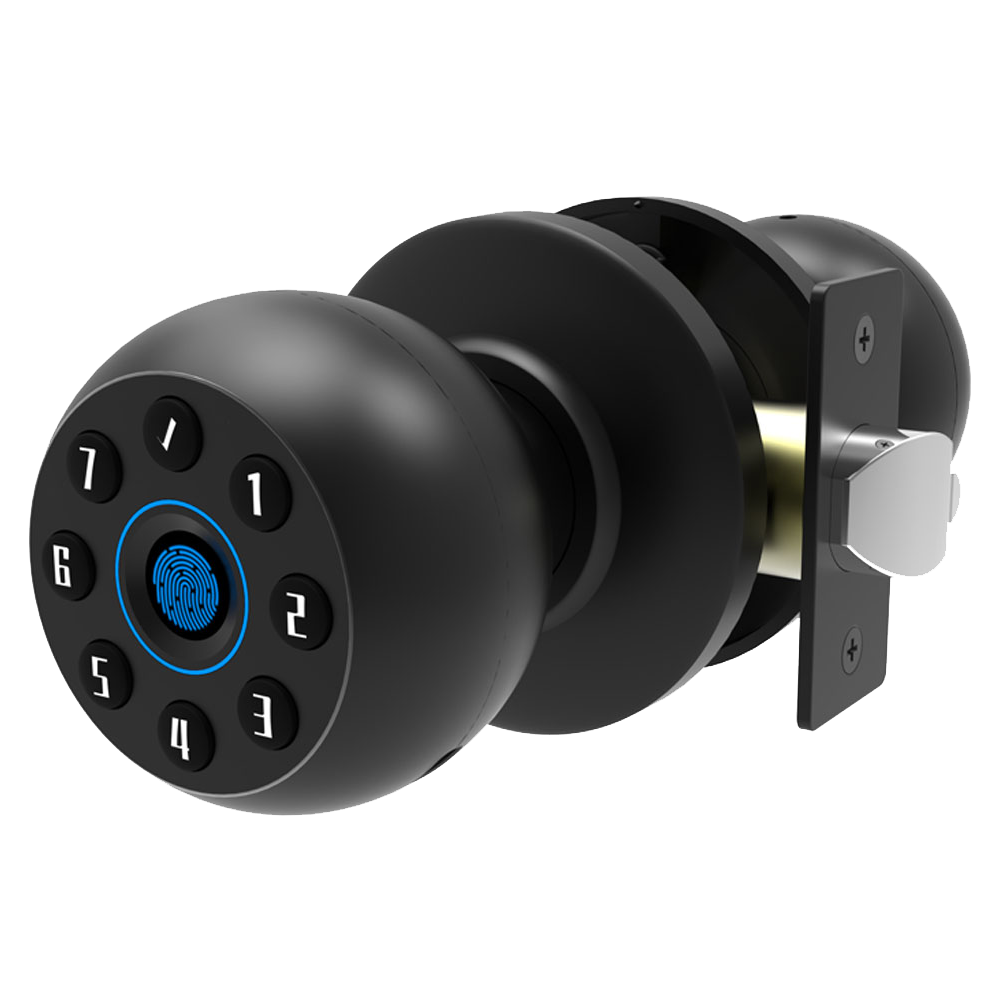
A smart lock (an electronic lock you control with an app or code) usually costs $250 to $400 for the smooth metal faceplate and tech inside. If you pick a subscription, you’ll add $5–$10 per lock each month. Or choose a one-time license fee of about $299 per lock. Here’s a quick snapshot:
| Cost Element | Subscription | Perpetual License |
|---|---|---|
| Hardware | $250–$400 per lock | |
| Software Fee | $5–$10 per lock/month | $299 one-time per lock |
Back to ROI. Once you drop key cutting and manual badge updates, you’ll hear a reassuring click instead of fumbling with keys. Facility teams spend less time reissuing badges or swapping cylinders. SimpleAccess tests show up to a 50 percent cut in control costs versus old wired systems. Solid win for your budget.
To run your own ROI (return on investment), add up hardware, installation labor (the hours a pro spends mounting and wiring), and software fees. Then subtract the hours you save each month on key management and emergency lockouts. Most offices see the payback in 12 to 24 months, depending on headcount and sites.
Subscription vs perpetual license? Subscription spreads costs over time but adds a steady line item. A perpetual license raises your upfront spend while slashing monthly bills. If your team is growing fast, subscription can flex with fewer surprises on your balance sheet.
Now think features. Check fire ratings, encryption standards (how your data stays secure), and integration with your building’s existing systems. Want remote unlock via mobile app (like pairing headphones to your phone)? Or a visitor-management portal link? Match lock choices to how your team works and build a rock-solid financial case.
Compliance, Scalability, and Standards for Office Smart Door Locks
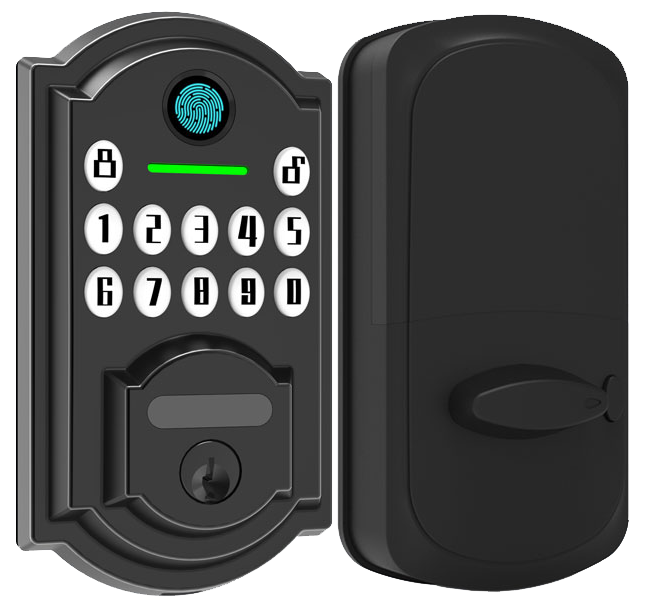
Our UL fire rating (test that measures how long a door resists fire) comes in 20-, 45-, or 180-minute versions. They slide right into a standard metal frame. And you still get that smooth metal faceplate and reassuring click as the bolt slides home.
These locks meet ANSI Grade 1 or Grade 2 (industry strength levels) and carry CE and FCC marks (proof they passed impact hits, cycle tests, and hot-cold trials). We’ve tested them in desert heat and snowy peaks. Solid.
For data privacy features like GDPR compliance (EU data law) and TLS encryption (secure data shield), see the Enhanced Security section.
Compliance & Durability:
| Standard | Detail |
|---|---|
| UL Fire Rating | 20-, 45-, 180-minute for corridors and stairwells |
| ANSI Grade | Grade 1 (highest) or Grade 2 |
| CE/FCC Marks | Verified impact, cycle, and temperature tests |
Accessibility Standards:
- ADA-friendly lever handles (easy to push open with an elbow or forearm)
- Backlit keypads (soft LED glow guides you through dim corridors)
Future Trends in Smart Door Locks for Offices
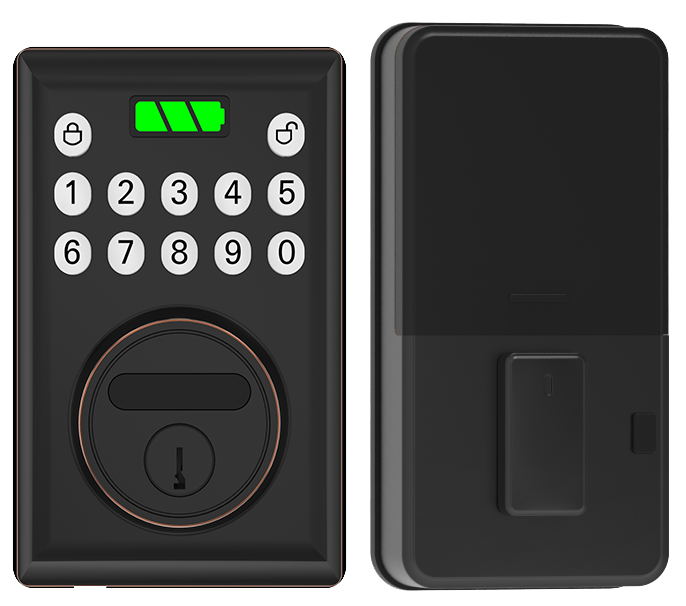
Imagine you’re walking down the hallway and the lock senses your phone. With geofencing (using your phone’s location as a virtual key), it clicks open. No more digging for keys or punching codes. Just a smooth metal faceplate lighting up and a soft LED glow.
Exactly.
Behind the scenes, a digital-twin door management platform (a cloud-based mirror of each lock) shows you real-time status, battery level, motion events, even extra friction in the motor. It’s like checking your lock’s health from your desk. Spot a sticky hinge before it jams. Predictive upkeep saves you surprise service calls.
And AI-driven access analysis learns your normal in-and-out traffic. Try codes at 2 a.m. or sniff around a storage room, and you’ll get an instant alert. It’s like having a guard who never sleeps. No coffee breaks.
The office smart-lock market is set to grow more than 30 percent by 2025. smart lock market trends 2025 predicts new PoE-powered models (locks powered through your network cable) and over-the-air firmware updates (automatic overnight fixes). Facility teams can spend less time on routine checks and more on big-picture security planning. Future dashboards might even nudge you when it’s time to swap a hub or lock module.
Final Words
In the action, we outlined top perks of smart locks, keyless entry via PIN pads and fobs, real-time notifications, and audit logs. We covered hardware types from deadbolt swaps to Wi-Fi levers and showed how AES encryption with breach alerts keeps entries secure.
Next, we took a look at cloud management, simple DIY installs, and ROI figures. We touched on fire-code compliance and peeked at geofencing plus AI alerts.
You’ve got the full picture for stronger office security and smoother access. Ready to upgrade? Smart Door Locks for Offices.
FAQ
What is a commercial electronic door lock system?
A commercial electronic door lock system uses electromechanical hardware and network connections to open office doors with PIN codes, fobs or mobile apps, removing physical keys and logging every entry for real-time security.
Which smart door locks are best for offices?
The best smart door locks for offices combine ANSI Grade 1 or Grade 2 security with Wi-Fi or Bluetooth for remote access, offer PIN-pad and smartphone entry, and support audit logs, like Schlage Encode and Yale Approach.
What smart door locks for offices offer key backup?
Smart door locks for offices that offer key backup include Schlage Encode Wi-Fi Deadbolt, Yale Approach Lock, and Schlage Encode Lever. Each has a physical keyway alongside a keypad and mobile app entry.
Which heavy-duty commercial electronic door locks are recommended?
Heavy-duty commercial electronic door locks include ANSI Grade 1 models like Schlage AD-Series and SARGENT Mortise locks. They feature metal faceplates, high cycle ratings, and integrated credential readers for demanding high-traffic areas.
Are there smart locks for commercial glass doors?
Smart locks for commercial glass doors use clamp-on or patch fittings and wireless modules. Brands like GlassLock and Gatemaster offer magnetic locks and low-profile RFID systems that fit frameless glass entrances.
What are the disadvantages of a smart door lock?
Smart door locks can fail if batteries die, suffer Wi-Fi or Bluetooth dropouts, and may need occasional firmware updates. They also pose hacking risks without strong passwords and encrypted communication.
Do smart locks void insurance?
Smart locks do not automatically void insurance. Insurance approval depends on meeting policy requirements, such as tamper alerts and backup keys. Check your provider’s guidelines before installation.
Is Wi-Fi or Bluetooth better for smart locks?
Choosing Wi-Fi or Bluetooth for smart locks depends on range needs. Wi-Fi offers remote access without hubs, while Bluetooth is more secure locally and saves battery life.
What is the difference between a smart lock and an electronic lock?
A smart lock connects to networks and apps for remote door control, whereas an electronic lock relies on wired or wireless hardware like keycards or PIN pads without internet features.
Where can I find smart door locks for offices on Amazon?
You can find smart door locks for offices on Amazon by searching brands like Schlage, Yale, Kwikset and August. Reviews and filters help compare features, grades and prices.
